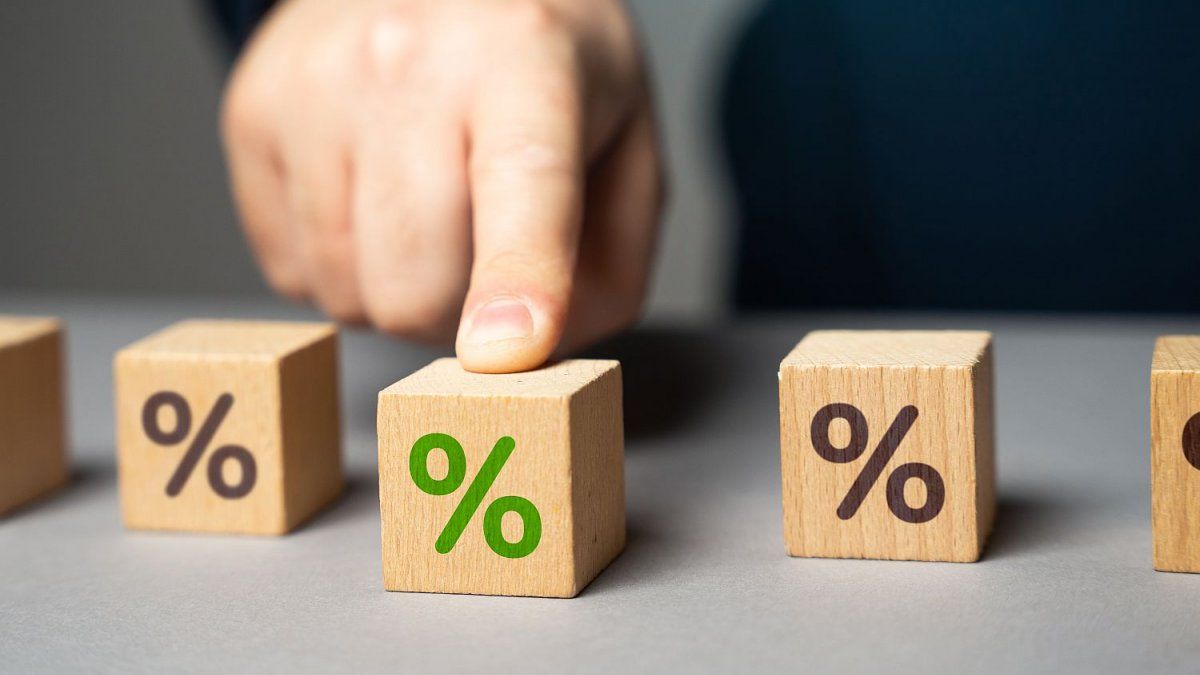“It is true that The rate is very low if we buy it with the Consumer Price Index (CPI) and it is really negative, but, compared to what happened with previous governments, when the BCRA used very high rates as an anchor (applied to the LEBAc with Macri and the LELIQ with Fernández), Javier Milei is using the Bopreales as an anchor“, they explain from the Bull Market Brokers Research Team.
On the other hand, the economist and director of CyT Economic Advisors, Camilo Tiscorniapoints out that “the first thing that must be said is that the monetary surplus that remains in Argentina, which has much more money issued than the economy needs to function.” And he explains that a large part has already been reflected in inflationbut another, which is in the liabilities of the BCRA (in the Leliq and the repos), that must be purged from the system in some way.
“Those who propose releasing the stocks completely say: let’s open everything and let it purge itself, but the Government, by not opening the stocks, what it does is liquefy that emission while maintaining the stocks.with an interest rate lower than inflation and with a strong jump in the exchange rate,” details Tiscornia.
Fixed term with low rate: liquefaction as a strategy
In opposition to that position, The Government is carrying out this purge through liquefaction, with a rate lower than inflation. That is why the BCRA keeps the index that regulates the performance of the traditional fixed term below the price evolution of the economy.
Thus, the Government’s objective indicates the economist Federico Glustein“is close the dollar gap without devaluing”, but points out that this is possible after a weight liquefaction process with recent reserves recovery.
In short, as described Rocío Bisang, economic analyst at Eco Go“for now, the Government seems to be looking liquefy the weights and reduce the ‘overhang’, that’s why the negative rate.” He explains that this occurs in a context where, with a still strong trap, There are not many options in the placement of the weights.
Fixed term: negative against inflation, but beat the dollar
Likewise, Tiscornia points out that, Those who make the account in dollars, which are generally the companies, have already suffered a strong liquefaction because there was a great devaluation of the official and points out that, “from that moment on, the interest rate also beat the dollar.”
Thus, even if the interest rate has lost against inflation, anyone who has had a term with a monthly rate of 9%, had a better performance than someone who was tied to the dollarwhich comes with a 2% monthly appreciation rate (and financials depreciated around 14% in February).
“So, from the Caputo devaluation onwards, even though the interest rate is worse than inflation, the one who does the bill in dollars got a huge rateof around 7%, compared to the devaluation of 2% monthly,” summarizes Tiscornia.
dollar stocks.jpg
The trap remains firm in Argentina.
Consequently, the economist indicates that There is a strange dynamic within the stocks in which, “on the one hand, there is an interest rate that is attractive because they have already liquefied those who were in dollars, but that loses with inflation”. And he attributes, in part, to that the fact that there has not been a surge in the dollar despite the low rate.
The purchase of dollars from the BCRA: another pillar
However, analysts mention as another key element the fact that The Central Bank has been buying dollars heavily in the official market. “This is a good sign for the market because it strengthens its firepower,” point out some voices from the City. And they indicate that this combo of things is what makes the dollar remain calm and go down.
However, Bisang believes that “the risk that the pesos will go to the dollar is equally present” and warns that any setback or false step can cause a jump in the exchange rate.
“For now, endured the fall of the omnibus law and the fight with the governors, but this is because the ‘honeymoon’ that all governments have in the first months of management is still running,” he points out. Once that stage is over, the situation may change.
Blender and low fixed term rate: can it continue?
In a similar sense, Tiscornia warns that “this can’t last forever”. And the fact is that, with the exchange rate behind, there will begin to be speculation and it may begin to be more attractive to gamble on the gap, although, “with the harvest ahead, It is likely that more dollars will enter and it will be possible to continue controlling the exchange rate for a while longer.”
Thus, Tiscornia anticipates that, As imports open up and appetite for the dollar grows along with greater foreign exchange income from the harvest, we may begin to see an acceleration of the crawling peg. and, if this is accompanied by a drop in inflation, the rate could begin to be a little more attractive.
Fixed term: what if the rate drops?
On the other hand, business and finance analyst Salvador Di Stefano considers that, if the BCRA decides to maintain the rate for a long time, “inflation would be very harmful to the economy because, at 110% nominal annual rate (TNA), it would be above the inflation forecast for 12 months.”
Currently lThe Monthly Effective Rate (TEA) is 186.5% and indicates that it would be positive to lower it to 90% given that the projected inflation for 12 months (March 2024/March 2025) is 140%. Thus, he considers that “it would be a very serious mistake if they did not lower the rate because that would boost the decline of the dollar” and that would be very detrimental to the economy and the markets.
Source: Ambito




